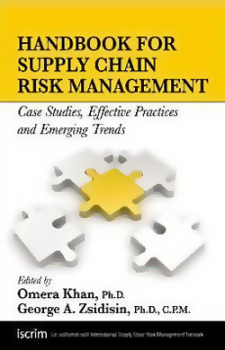


Through supplier risk segmentation, for example, businesses can identify potential risks and work to mitigate them. However, with an effective supplier management process in place, businesses can manage those disruptions and reduce the associated risk. Supply chain disruption can be caused by a range of factors, including quality issues, price volatility, and dependency. Supplier relationship management practices such as collaborative analysis, process re-engineering, demand management, and total cost modelling can deliver cost savings while optimising spending. The responsibility of supplier management often lies with the procurement team, but all internal stakeholders must be on board for the process to work.Ī top-down approach, where implementation of the process starts at the top and moves down through the organisation, helps ensure that all stakeholders understand the process and the potential benefits it can offer.
#SUPPLIER RISK MANAGER DRIVERS#
By mapping the organisation’s values, it is possible to look beyond cost and consider other drivers such as revenue growth, asset utilisation, and risk reduction. However, there are many more factors to consider. When it comes to supplier management, many businesses focus on cost savings. This can be achieved using the following approaches to supplier management: This is achieved by tracking and monitoring their performance, regular communication and feedback, and building open, transparent, and mutually beneficial relationships.Įven in organisations with a supplier management process in place, there is often room for improvement. Through effective supplier management, organisations can ensure they are getting the maximum value from their suppliers. To identify areas for improvement in the supplier lifecycle To allow organisations to evaluate if their suppliers are meeting their requirements Supplier management is needed for two key reasons: Supplier management is a combination of supplier information management (SIM), supplier lifecycle management (SLM), and supplier risk and performance management (SRPM). The process involves buying the goods, data, services, and other resources the organisation needs to operate, as well as building and maintaining relationships between the buyer and suppliers. Supplier management is the process of finding, obtaining, and managing an organisation’s resources and suppliers.


 0 kommentar(er)
0 kommentar(er)
